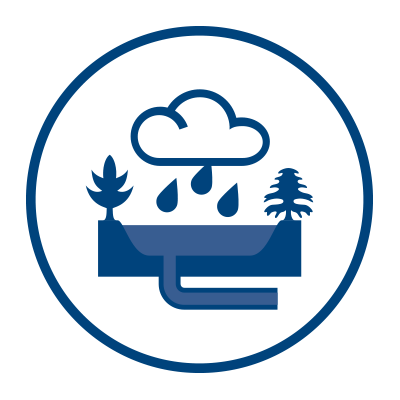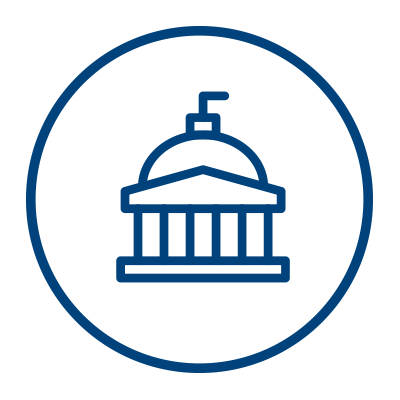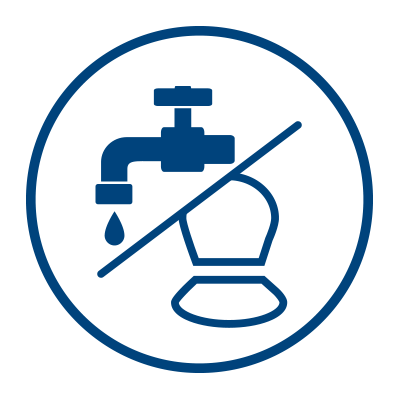Ukraine Increases Efforts to Monitor Forest and Water Health

The Story
An estimated 25 percent of Ukraine’s drinking water originates from watersheds. Nearly the entire population of western Ukraine depend on drinking water from mountain forests. The forests which house these watersheds play a key role in regulating water flow, protecting water quality for mountain communities and downstream users, and promoting resilience to floods and droughts. However, these areas are at risk due to increasing timber harvests and other land-use activities in the region. Recent flooding and harmful impacts on local aquatic resources may be attributed, at least in part, to growing deforestation and unsustainable logging practices in these areas.
The U.S. Forest Service (USFS) International Programs office has been working with the Agency for Sustainable Development of the Carpathian Region (FORZA), a non-governmental organization based in Uzhgorod, Ukraine, to educate and train forestry professionals and water resource managers. The goals of the project are to help local partners understand the importance of watersheds; provide tools they can use to assess watershed condition; and identify ways to use this information to make informed management decisions. The project provides collaborative exchange and training in the use of the Watershed Condition Framework (WCF), a multi-resource assessment tool developed by the USFS. The WCF is used domestically in all national forests in the U.S. and helps the agency prioritize management actions that provide economic and environmental benefits to local communities. The WCF uses 12 indicators to help land managers evaluate the health and function of watersheds and assess potential impacts from timber harvest, road construction, tourism development, and other activities.
A team of USFS natural resource managers is working with multi-disciplinary teams of practitioners, scientists, and policy specialists in Ukraine to explore adaptation of the WCF for the Ukrainian Carpathian Mountains. The team tested a set of indicators in a pilot watershed and drafted a Ukrainian "watershed condition model." As a result of this cooperation, Ukrainian water specialists have broadened their consideration of watersheds as part of the overall discussion of water quality management. Forestry and water specialists in this area now understand that one of the ways to improve water quality downstream is to make better decisions upstream in the watersheds. Local and regional experts now have a better understanding of the kind of information needed to conduct watershed condition assessments, and are working on ways to engage other stakeholders to improve data collection and analysis.
FORZA is currently working with water agencies and foresters to introduce learning from this experience to other parts of Ukraine in order to broaden the discussion on ways to further develop and use the model to protect the health and function of watersheds throughout Ukraine.
Find More
Strategic Objective(S)
 Water Resources Management
Water Resources Management
 Governance and Financing
Governance and Financing
 Access to Safe Drinking Water and Sanitation
Access to Safe Drinking Water and Sanitation



Highlight